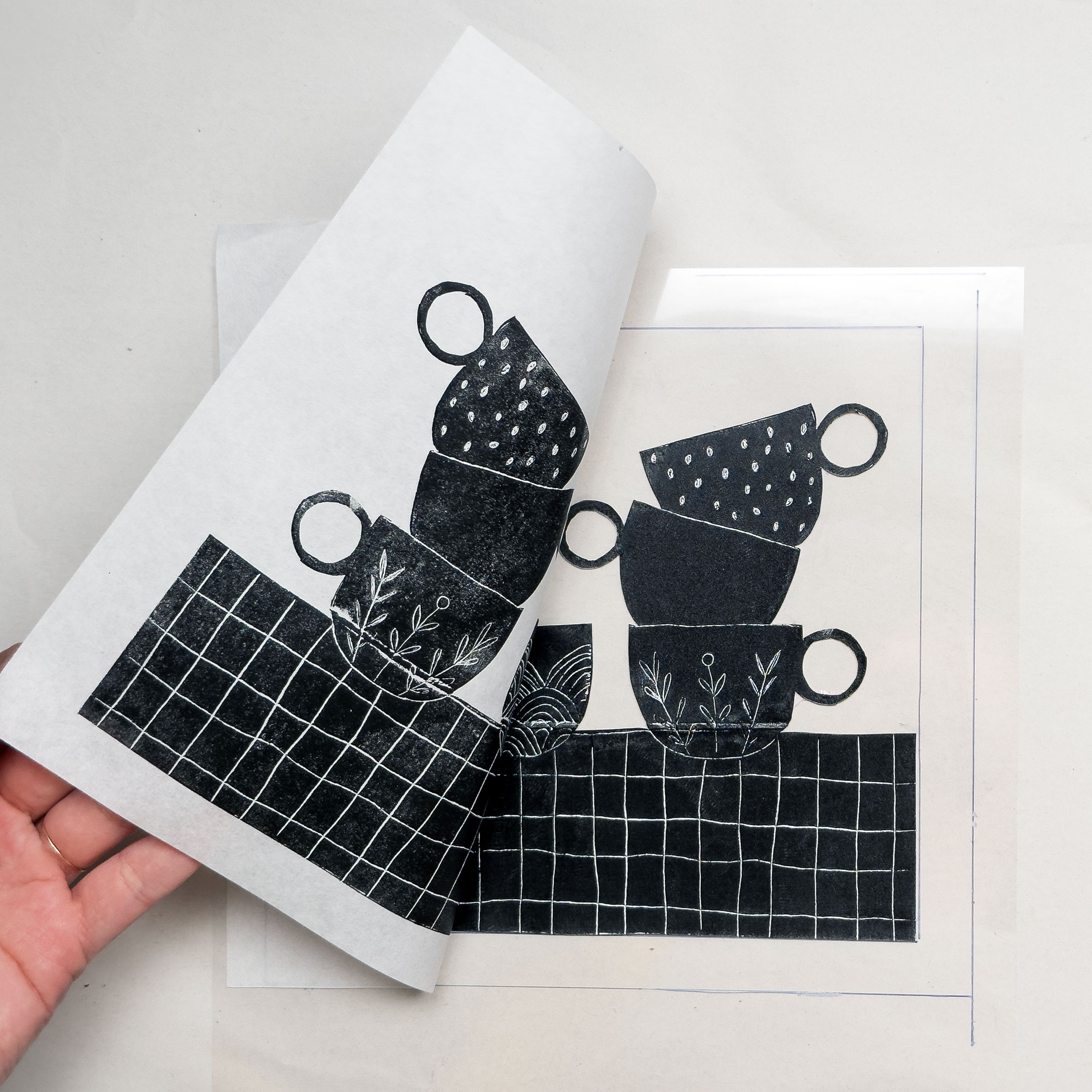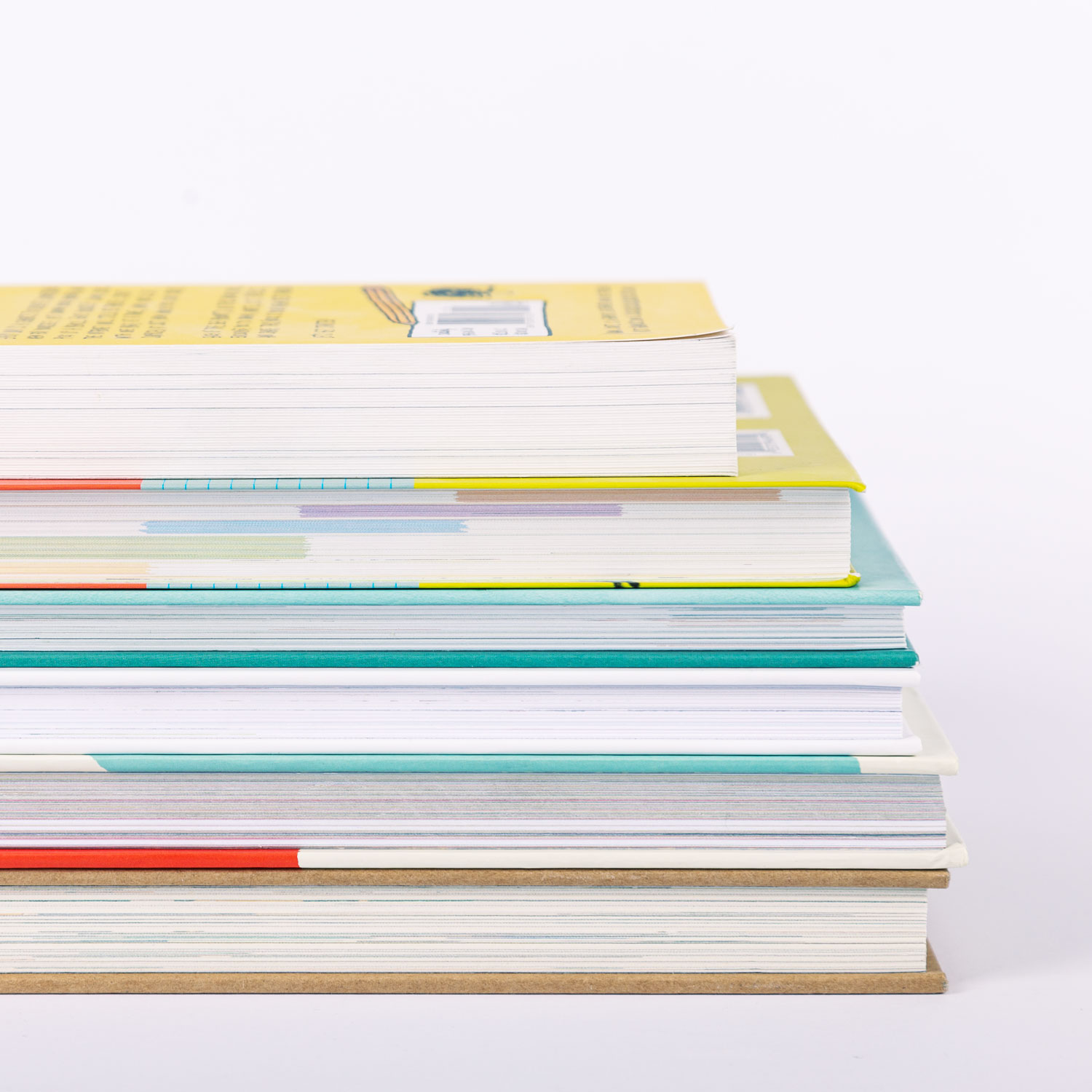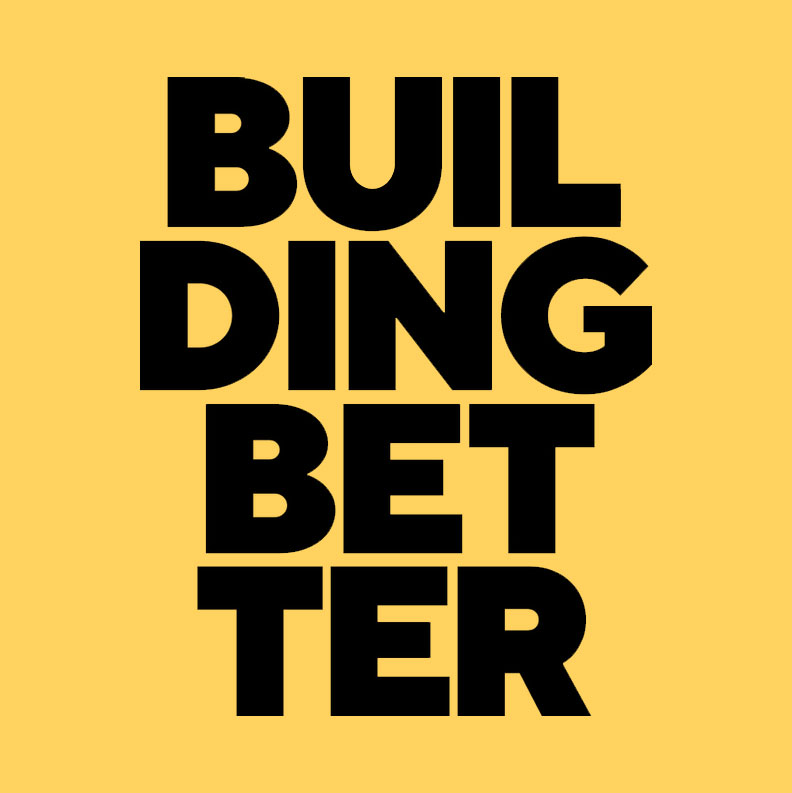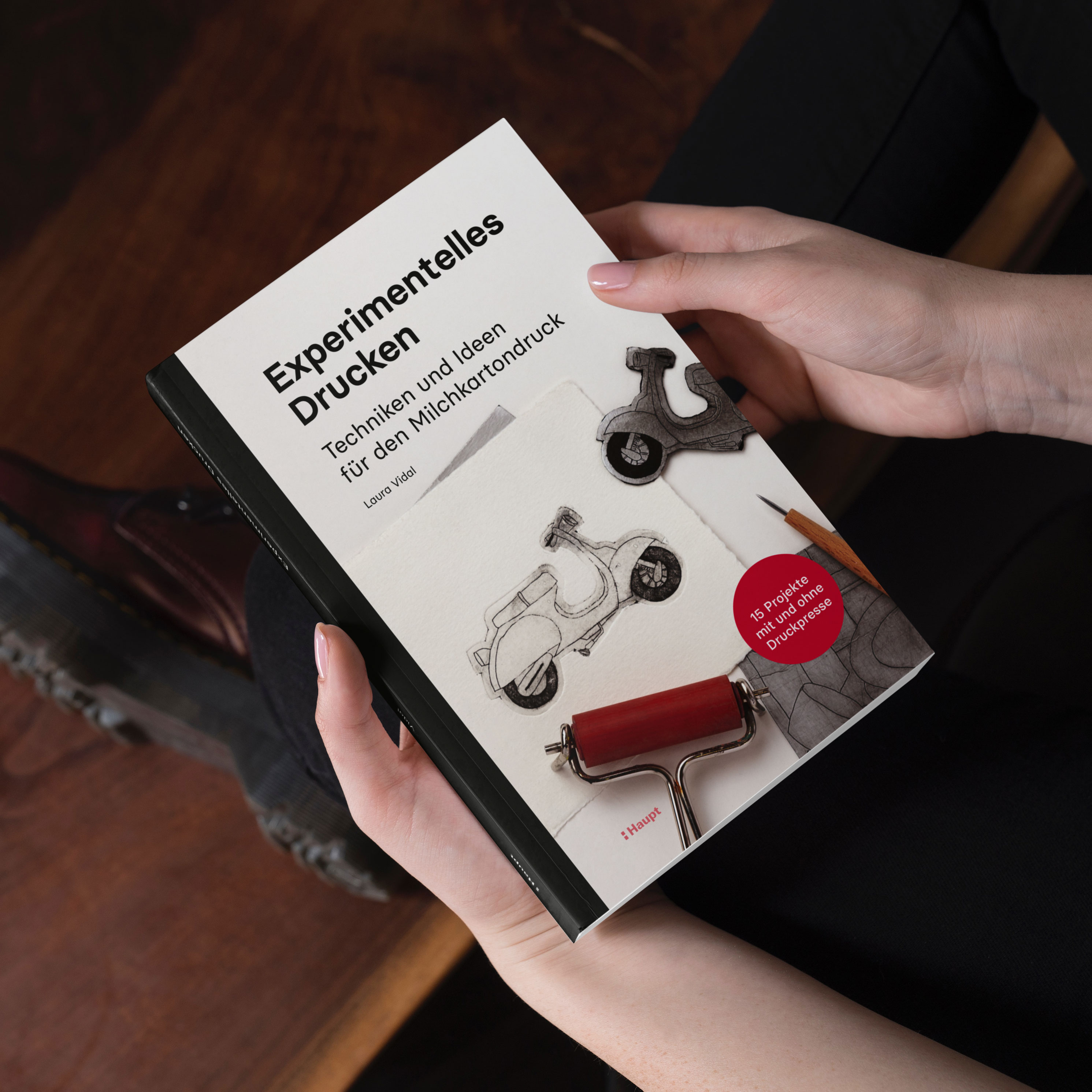Please note: This list contains affiliate links, meaning I get a commission if you decide to make a purchase through my links, at no cost for you.
In my experience after teaching numerous workshops about Tetra Pak printmaking, this is a good technique to get started with printmaking. However, the first barrier that most of my students face is not having access to a printing press.
If you find yourself in this situation, where perhaps you’ve been drawn to Tetra Pak printmaking precisely because of its accessibility, here are the good news: there are ways to practice Tetra Pak printmaking without a printing press.
In this article we’ll cover alternative tools to the printing press and other printing methods with Tetra Pak that you can do without any press.
The Tetra Pak intaglio technique without a press
Let’s start with intaglio — probably the most popular way of printmaking with Tetra Pak. Intaglio is a method of printmaking that consists in incising the image into the printing surface with an etching needle or another pointed instrument, and once the design is engraved onto the plate, applying the ink into the incisions (as oposed to relief printmaking, in which the ink is applied to the raised areas of the plate).
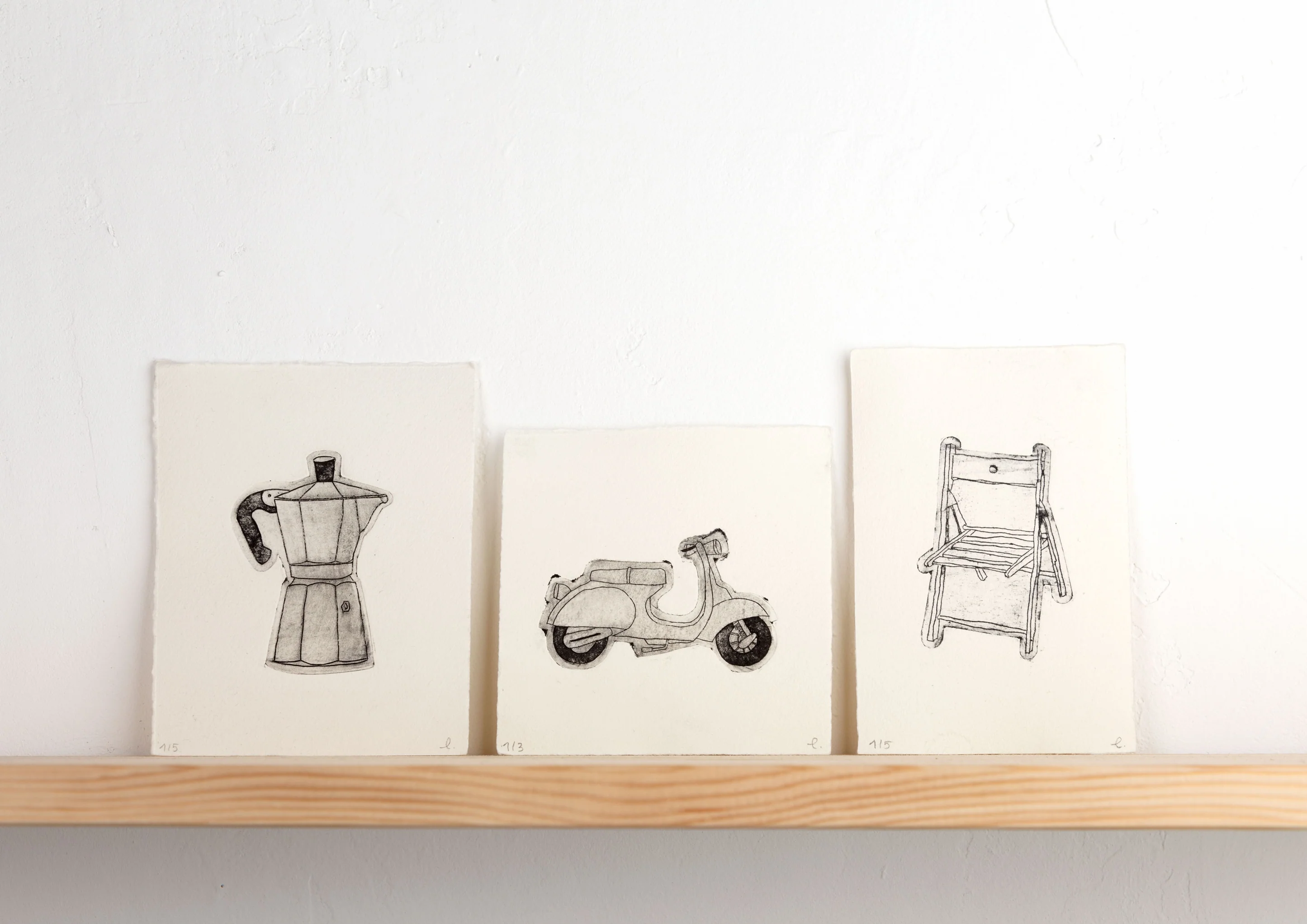
Intaglio typically requires thicker paper that is soaked in water in order to make its fibers flexible. When pressure is applied to the paper and the plate, the paper fibers are pushed into the incisions of the plate that contain the ink and the paper picks up the ink from them.
To make an intaglio print requires using lots of pressure, this is why it’s typically done with an etching press. While the Tetra Pak intaglio print can indeed be achieved manually without a press, it is worth noting that manually printing an intaglio plate will demand significantly more effort and might not yield the finest results.
Luckily, if you're keen to try Tetra Pak intaglio but lack an etching press, there are some alternative devices you might already have at home that could come to the rescue.
All these tools come with limitations, but you’ll be able to make intaglio prints with Tetra Pak and get good results with them.
And even if you do have a printing press, you might be into experimenting with other devices. I have a small printing press at home but still use the pasta machine for Tetra Pak printmaking both at home sometimes and in my workshops — my printmaking studio fits in a suitcase, so I can take it anywhere!
Pasta Machine or Fimo press
A pasta machine can be repurposed to serve as a makeshift etching press, allowing you to apply pressure and create prints with more ease.
If you look closely at a pasta machine, you’ll notice that it is indeed very similar to a printing press, minus the press bed. The pasta machine has two metal rollers that can be adjusted to apply more or less pressure by moving them closer or farther away from each other.
In order to print using as pasta machine, sandwich your Tetra Pak printing plate with the inked design and paper between two layers of felt or EVA foam. Pass this "printing sandwich" through the pasta machine using one of the highest settings for pressure. My machine has settings 1 (more distance between the rollers) to 7 (less distance between the rollers, thus more pressure), and I usually print with setting 6).
You’ll need to feed the “sandwich” from the top instead of working horizontally as you’d do with a press, so this part of the process is a bit cumbersome, but really should not stop you from trying.
Very similar to the pasta machine, Fimo presses are typically used for shaping polymer clay, and can be adapted the same way for printmaking.
Depending on where your hobbies have taken you, you’ll be more likely to have a pasta machine or a Fimo press, or perhaps both! I’m more of a pasta machine kind of person, but nowadays I have one for making pasta and one for pulling prints 😉.
Here's a video of one of my workshops where we used a pasta machine for Tetra Pak intaglio.
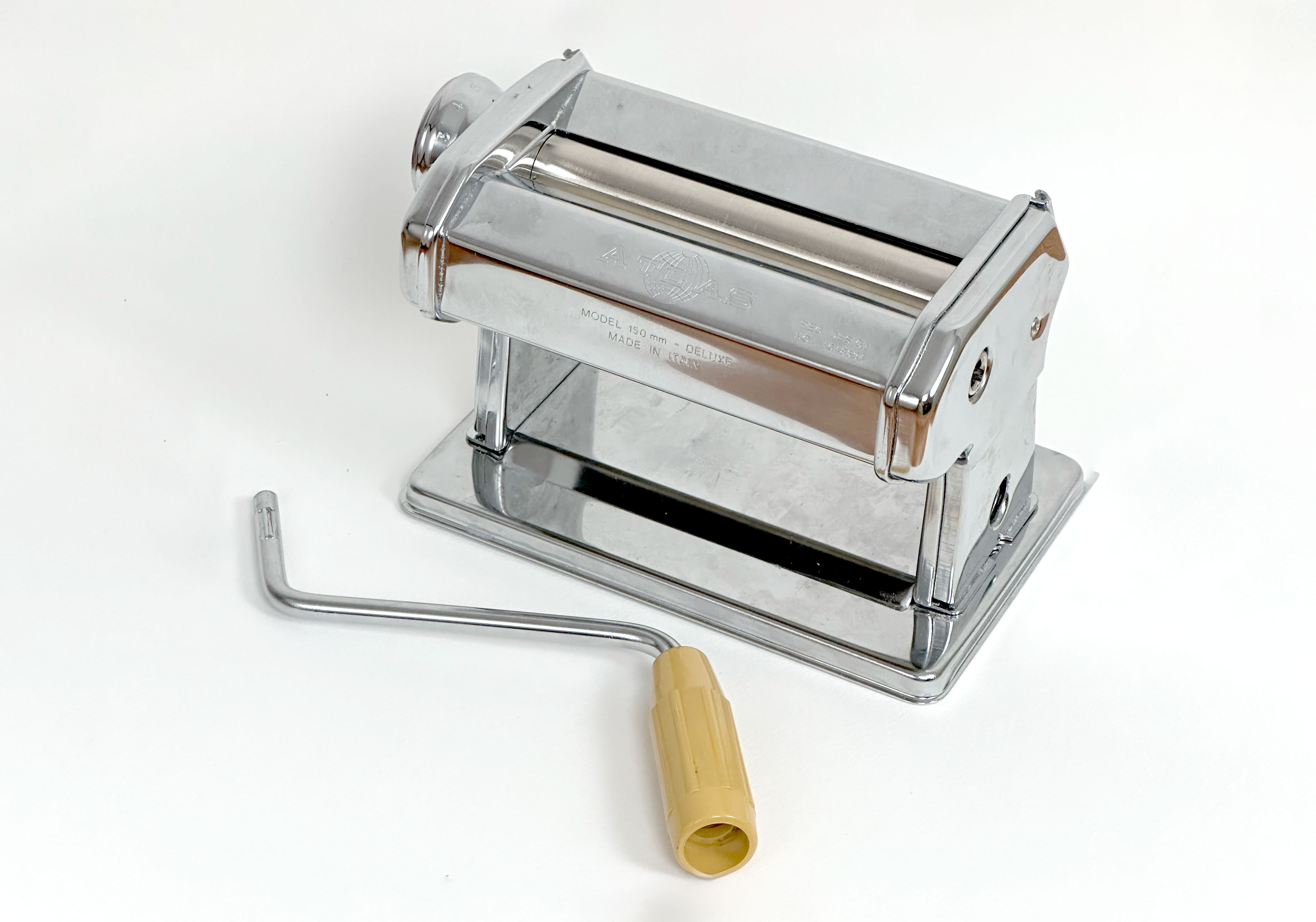
Embossing machine
If you're a craft enthusiast, you may already own an embossing machine for cardmaking, like a Sizzix or similar, which can be repurposed to aid in the printmaking process. Since the embossing machines usually have a fixed distance between the rollers, you’ll need to experiment a bit with it to find out how to produce the optimal pressure. You can use the plates that came with your machine, as well as additional cardboard or EVA foam plates to adjust the pressure.
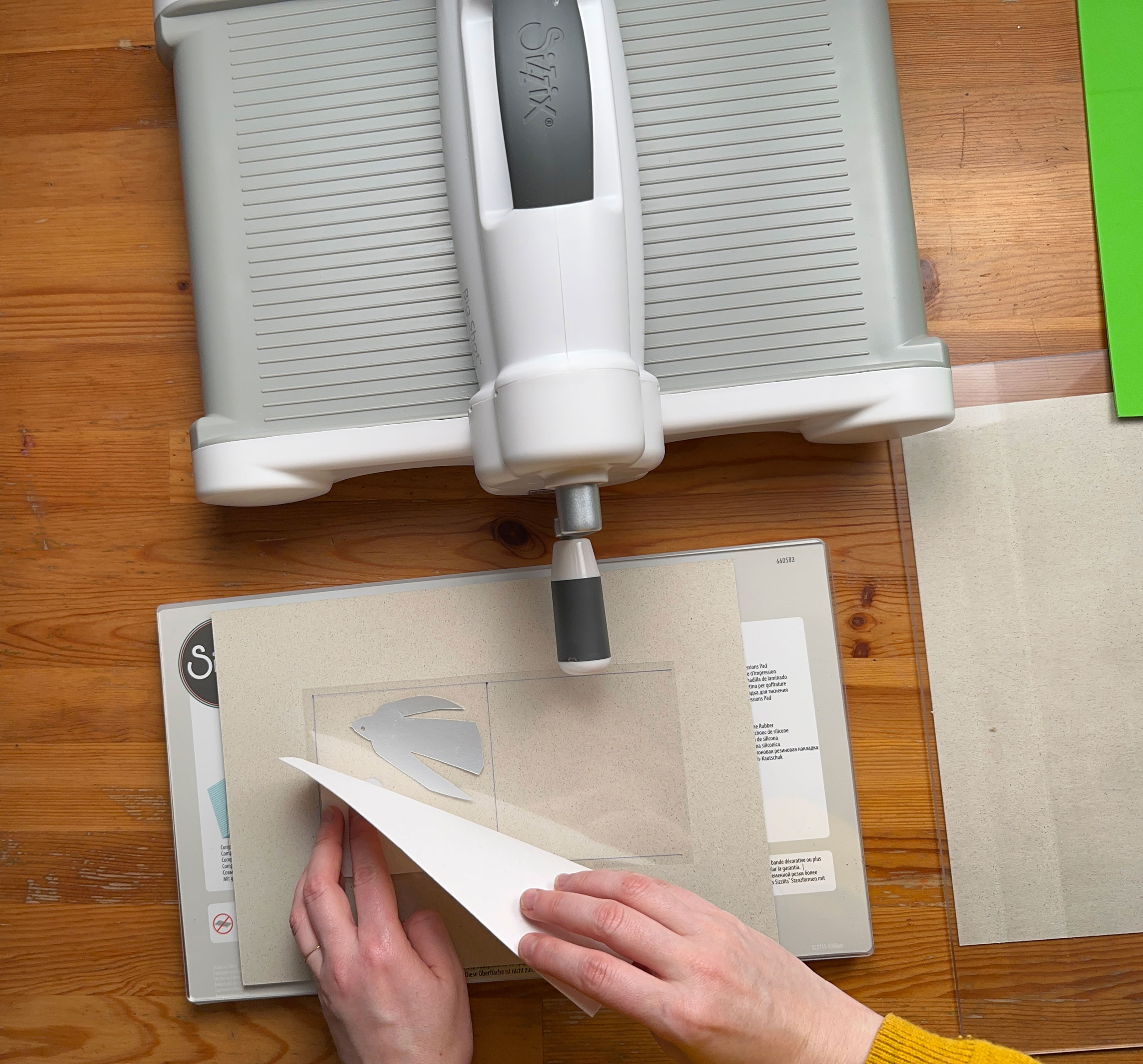
OpenPress
The OpenPress is an opensource 3D-printed printing press in miniature format. If you have access to a 3D-printer, you can print your own Open Press.
Here's my OpenPress in action — you can see the process of making a miniature blind embossing with Tetra Pak and the OpenPress.

Tetra Pak relief printmaking without a press
If you don’t have any of the tools above and struggle getting good intaglio prints by hand, don’t give up yet. The Tetra Pak technique is not limited to intaglio; it also accommodates relief printing, in which case the raised areas of the plate carry the ink, as opposed to the intaglio technique where the incisions contain the ink.
Perhaps you’re already familiar with carving stamps or linocut. When doing relief prints with Tetra Pak, you can rely on the same manual methods as those used for lino blocks or stamps. In fact, the process is very similar, the main difference is that in order to engrave the design onto the plate you can use an etching needle or any other pointed object instead of carving the plate away with knives or linocut tools.
As relief printmaking requires less pressure than intaglio, it’s possible to employ manual tools successfully.
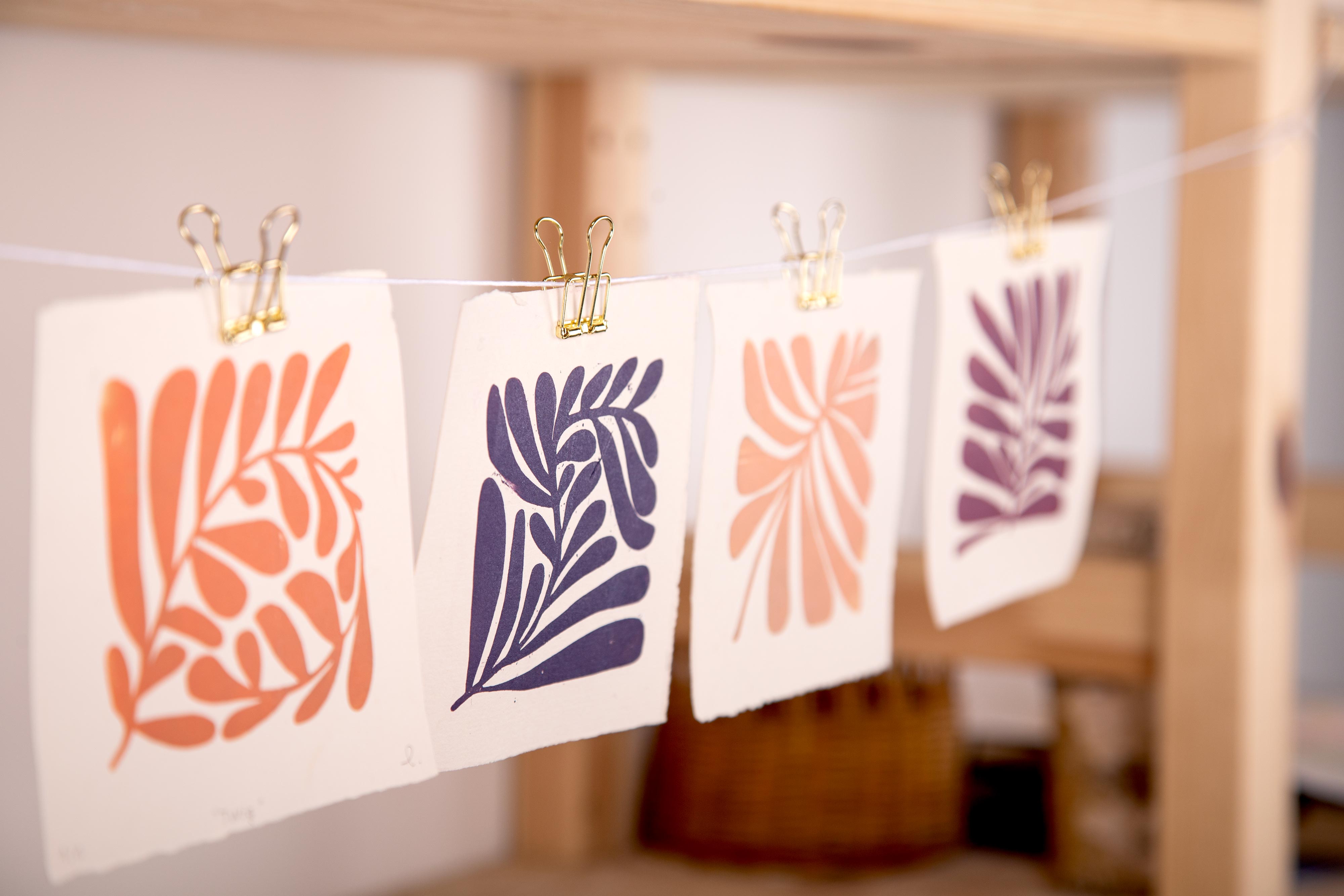
Baren
A traditional Japanese tool used for printmaking, the baren allows for smooth and even pressure application when hand-printing relief images. A baren is a handheld disc or pad used to apply pressure evenly across the back of the paper during printing. By rubbing the back of the paper firmly and consistently, you can transfer the ink from your Tetra Pak plate onto the paper.
Wooden spoon
A humble wooden spoon can serve as a reliable tool for hand-printing relief images, and can be used in a very similar fashion as the baren
While I wouldn’t recommend using the spoon for intaglio, you’ll be able to obtain good results with it when making relief prints, as this technique requires less pressure.
Once you’ve rolled the ink to the plate with a brayer, place the printmaking paper on top of the plate and apply pressure to the back of the paper using the spoon to transfer the inked design onto the paper.
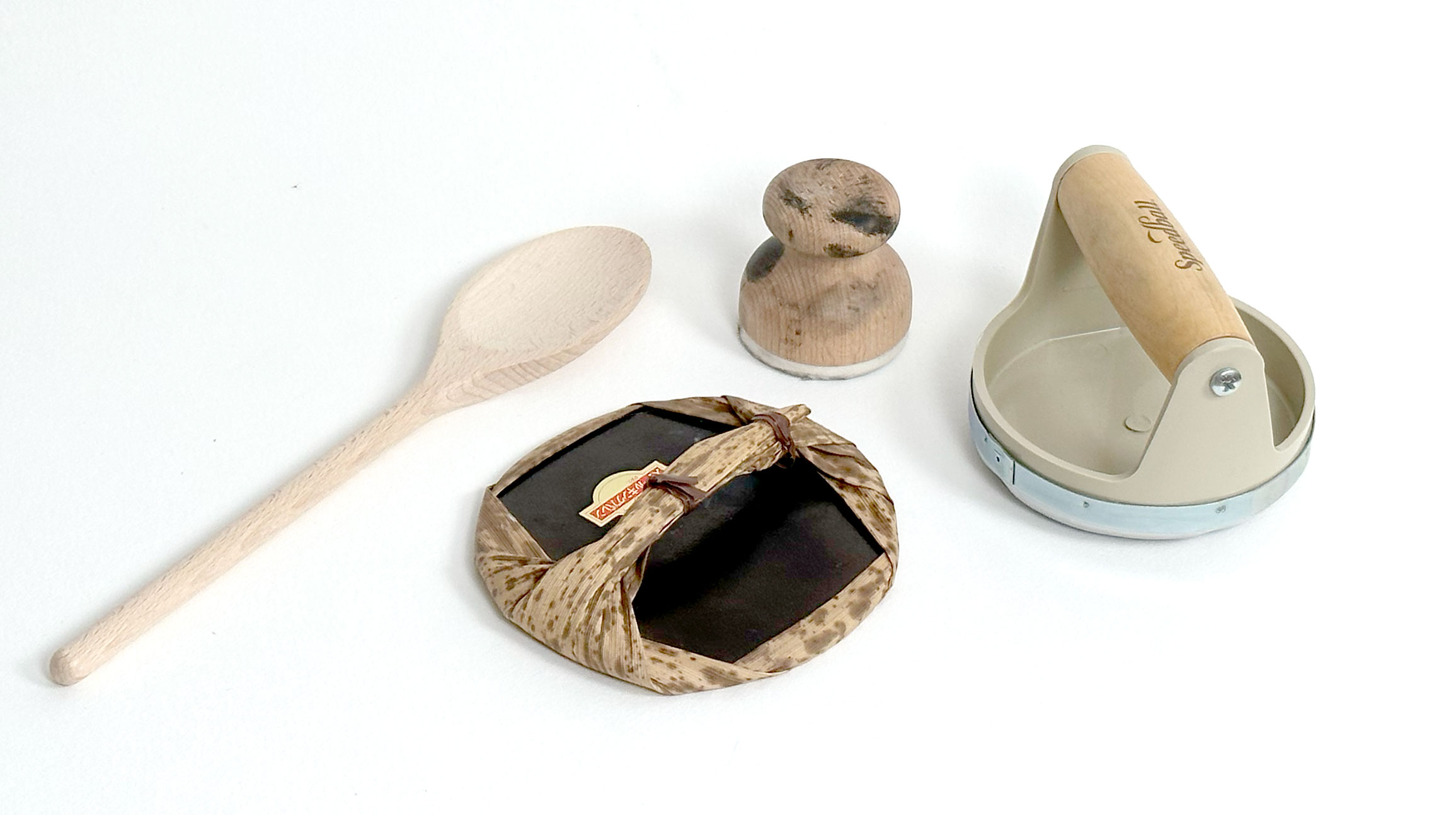
Woodzilla Press
The Woodzilla press is a small, portable, and affordable printing tool specifically designed for relief printing. It can be a great investment for artists looking to explore various printmaking techniques without the need for a large press.
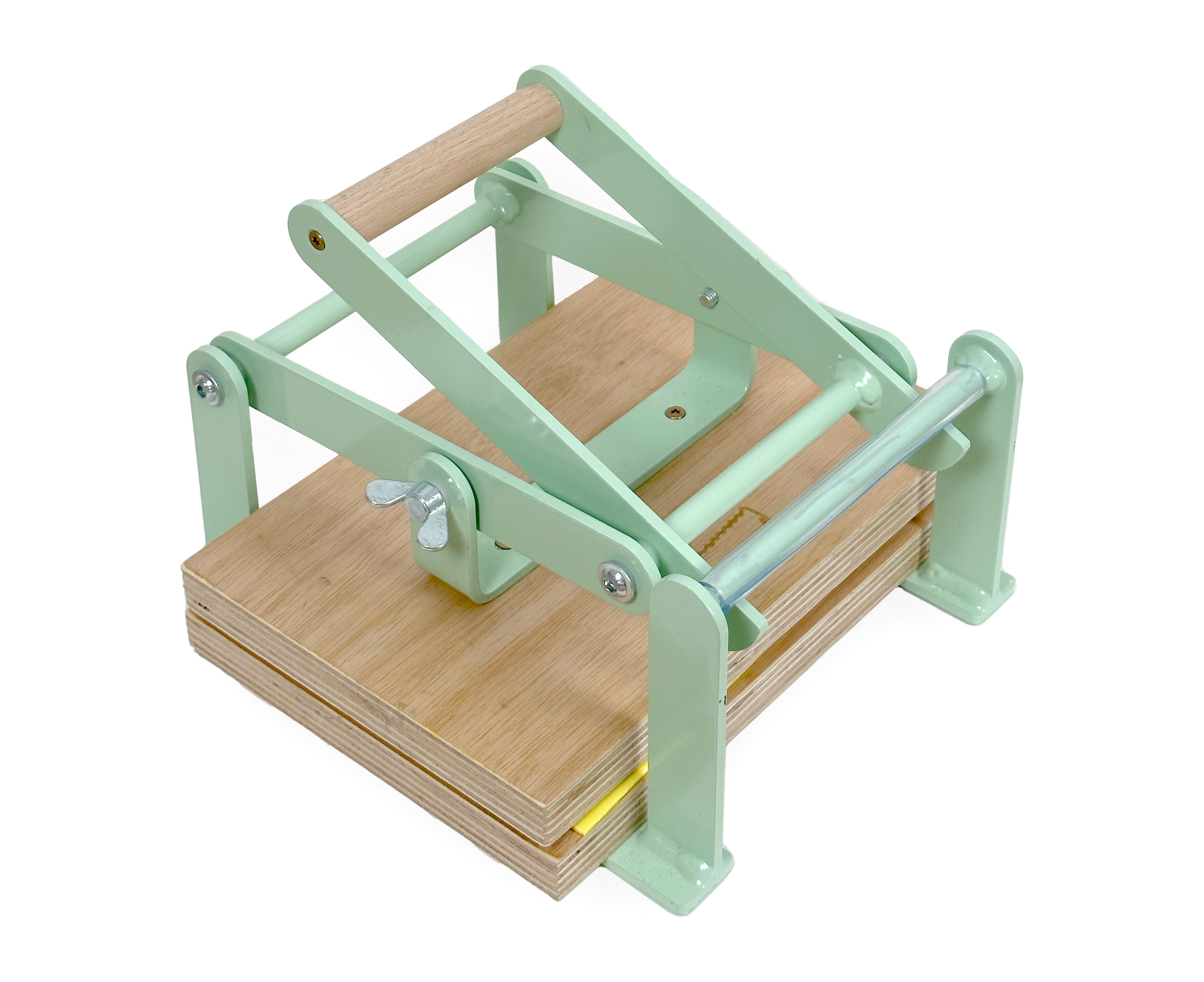
Have fun exploring and experimenting!
Tetra Pak printmaking without a printing press is indeed possible, thanks to the versatility of the technique. While manual methods may require more effort, they offer an accessible and rewarding path to create unique prints. So, don't let the absence of a press deter you from exploring the captivating world of Tetra Pak printmaking; instead, embrace these alternative methods and unleash your creativity!
While a printing press undoubtedly is convenient and offers more consistent results, Tetra Pak printmaking is adaptable and accessible to those without access to one. Manual methods may require more effort, but they can also be a rewarding and produce more unique prints. Experiment and find the method and the tools that suit you best—the possibilities are endless!
I’d love to hear from you, so if you try any of these or come up with even more ways of printing with Tetra Pak, feel free to get in touch at studio@ateliergelb.com
In the meantime, have fun and get your hands all inky!
